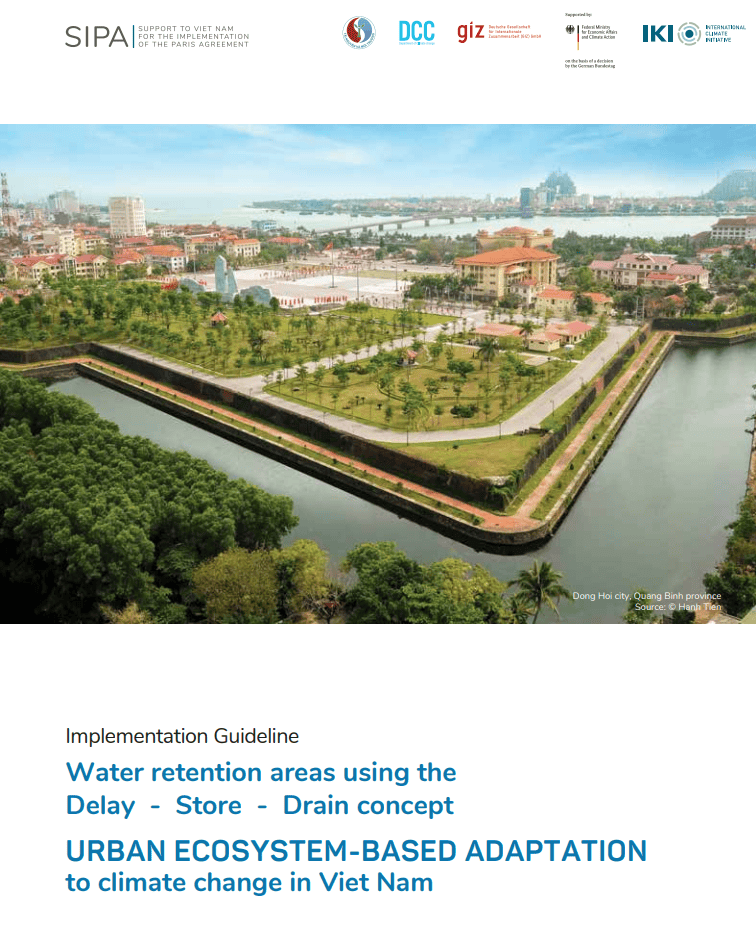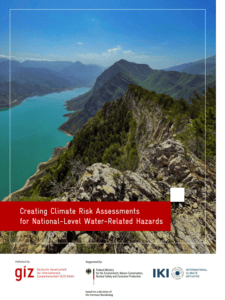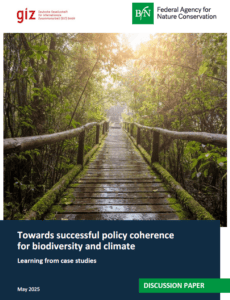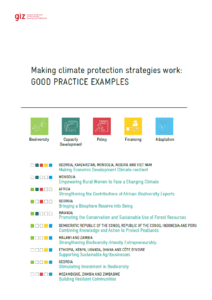The interrelationship of urban development and growth and the increasing impact of climate change require that adjustments be made to urban planning and development. Public and private investments need to take into consideration intensified rainfall and flooding on the one hand and extended periods of higher temperatures on the other. The integration of elements of Ecosystem-based Adaptation (EbA) into urban development is an opportunity for cities create attractive, green, healthy, and livable urban spaces. EbA solutions which harness nature-based approaches and utilize biodiversity and ecosystem services for adapting to climate change and urbanization are thus required to reduce vulnerability and enhance the resilience of people and the environment (UNEP, 2020). These solutions should integrate ‘green’ (ecosystems), ‘grey’ (engineering), and ‘blue’ (water) elements for effective climate risk-resilient urban planning and development (GIZ, 2017; UNFCCC, 2020). Introducing the water retention systems to the urban fabric potentially bestows multiple environmental, social and economic benefits, particularly in meeting the challenges presented by flooding. For example, bioretention areas can reduce surface runoff, the pavements effectively delay and reduce peak flows. Water retention areas with an integrative and holistic approach significantly mitigate flooding. Promoting water retention areas has been widely adopted all over the world. However, adequate guidelines, laws and regulations need to be well developed in cross-sectoral partnerships to ensure the integrity of water retention systems in order to reap the benefits and improve urban resilience. The Implementation Guidelines on Water Retention Areas have been developed based on practical experiences of piloting Water Retention Areas in Dong Hoi city, Quang Binh province, Viet Nam in the scope of the “Support to Viet Nam for the Implementation of the Paris Agreement” (VN-SIPA) project, funded by BMWK through IKI.
The guidelines provide an in-depth analysis of the technical concepts regarding the measures and the financial requirements for users. Additionally, practice examples and recommendations for practical implementation are included. It, therefore, does not provide specific technical standards or mandatory regulations, but rather suggests general principles to guide the development of water retention areas based on the delay-store-drain concept. The guidelines are written for public and private stakeholders (i.e., investors and property owners, development banks, etc.) and local authorities who are interested in the development of water retention areas of the delay-store-drain design for new urban developments in the context of climate change impacts.





